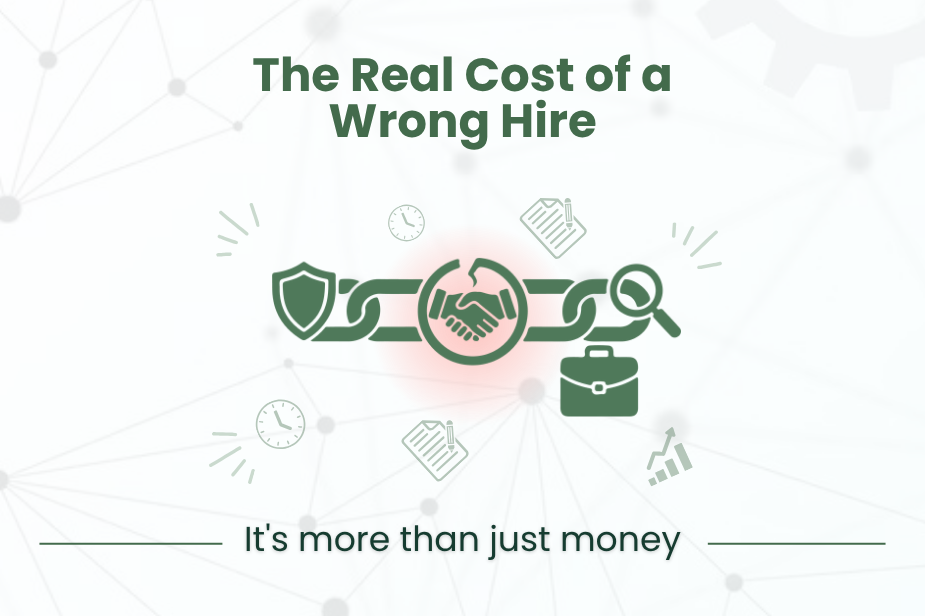Why Ranking #1 Doesn’t Guarantee Results
- miulo6
- Aug 19
- 2 min read
Updated: Aug 20
A few years back, a client proudly told me they ranked #1 on Google.
Impressive, right?
Except… it was for a keyword their ideal buyers didn’t care about.
They were getting clicks. Lots of them.
But conversions? Practically zero.
Why? Because the traffic was wrong. The message was misaligned. And the people landing on the page were just browsing not buying.
This is a trap many teams fall into: chasing volume instead of intent.

The Keyword Trap: Why Ranking Alone Doesn’t Work
On paper, SEO rankings look like success. You climb to the top of the SERPs, traffic pours in, and the graphs go up.
But if you’re ranking for the wrong keywords, it’s a hollow victory. You might be pulling in thousands of visitors who will never convert because they weren’t looking for your solution in the first place.
Here’s the truth: Ranking for the most searched term doesn’t matter if the searcher isn’t ready to act.
Even worse, you could be optimizing for keywords that attract people who aren’t your buyer at all. And that means wasted time, wasted money, and a funnel that looks busy but feels broken.
Intent Over Volume: The Shift That Changes Everything
The single most important SEO question isn’t “How do I rank #1?”
It’s: “What is my ideal client really searching for when they’re ready to solve the problem we fix?”
That’s where real traction happens.
That’s when your funnel stops leaking.
That’s when your marketing starts fueling growth instead of gambling on clicks.
When you focus on search intent instead of search volume, you build a system that attracts fewer but far better leads.
And better leads mean higher conversions.

How to Align SEO With Your Funnel
To fix the “traffic but no traction” problem, shift from chasing keywords to building alignment.
Here’s how:
Define Your Buyer’s Moment of Pain
What are they typing into Google when the problem hurts the most? That’s your entry point.
Map Keywords to Funnel Stages
Top of Funnel: Informational searches (“what is…”, “how to…”)
Middle of Funnel: Comparison searches (“best [tool/service] for X”)
Bottom of Funnel: Action searches (“buy”, “hire”, “schedule demo”)
If all your content lives at the top, you’ll educate people who aren’t ready to buy and lose them before they act.
Match the Message to the Intent
Don’t just optimize for a keyword, optimize for the mindset. Someone searching “how to reduce customer churn” needs education and trust-building. Someone searching “best customer retention software” needs proof, features, and an easy path to conversion.
Support with Automation
Pair your SEO strategy with email sequences, retargeting, and lead nurture flows. That way, when a visitor shows intent, you don’t lose them in the gap between click and conversion.
The Takeaway: You Don’t Need More Traffic
The myth of SEO is that more rankings equal more results. The reality?
You don’t need more traffic. You need the right traffic, with the right message, delivered at the right time.
When you align your SEO with buyer intent, your funnel stops feeling like a gamble… and starts working like a growth engine.
So if your SEO plan feels busy but not effective, take a step back. You might not need more keywords. You might just need better alignment.
Because clicks don’t pay the bills conversions do.





Comments